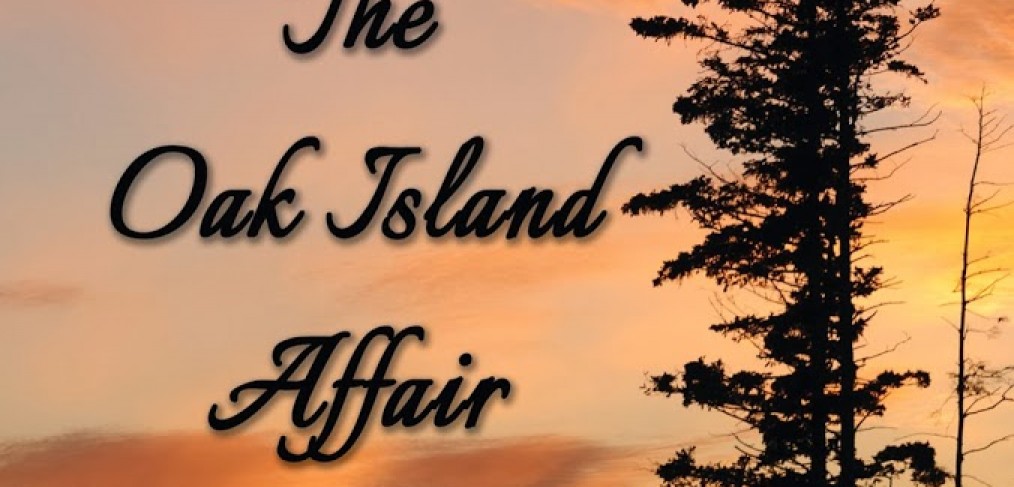Note: This is the last of a 4-part series. Scroll down to read parts 1-3.
Our little blue Datsun climbed through the mountains of central Mexico to San Miguel de Allende, and I continued to record the odyssey:
“A national monument, this beautiful little town is a perfect mesh of old and new. The people who have lived here for centuries are among the best artisans in the world, says renown Canadian artist Leonard Brooks.”
Leonard and his wife Reva, an acclaimed photographer, had built a house and studio full of wondrous collages, stone carvings, paintings. Everything was art, every plant in the garden, every stone around the pond carefully chosen, their fence a living sculpture made of cactuses.
“Gave the Brooks’ our corn cob pipes by way of thanks.”
Two days later we arrived in San Cristobal de las Casas, the capital of Chiapas, Mexico’s southernmost state, looking for a Canadian potter who had married a Lacandon Indian and gone to live with his isolated tribe in the rainforest near the Guatemalan border. The widow of Danish anthropologist Frans Blom, who discovered the Lacandon tribe in 1951, provided guided access to the tribe, but she wanted nothing to do with two would-be Canadian journalists.
Undaunted, we set off down a long dirt road to Ocosingo, the last town at the edge of the jungle, where we had been told a man had a plane. That night a parade of blue, red, emerald green insects crossed our hotel room floor, drawn by the overhead lightbulb. Watching, terrified to get out of bed, we noted that they did not climb. Next morning they were gone.
The pilot’s little Cessna sat at on a grass runway at the edge of town. We were in luck. He was taking a load of palm leaves somewhere and was willing to drop us off near the Lacandon village of Na’Ha. We would only have a couple of hours there as clouds were closing in. I watched him use a wooden ruler, the kind I used in grade school, to check the level in his plane’s fuel tank but was too excited to be afraid.
The Lacandon Indians lived in the traditions their people, the Mayans, had espoused for thousands of years. Gorge, who heard the plane and came running to the landing strip cut out of the jungle, wore only a canvas shift. His shoulder-length hair was bushy and black and he had the most extraordinary feet. Larger than a basketball player’s they gripped the mud, bounced off sharp stones, sprang up the path. Behind him, in our hiking boots, we struggled to keep up.
Na’Ha was a collection of thatched huts, but the Canadian potter was not home. Having gone to Canada for a visit, she had been barred by the Mexican government from returning.
Chan K’in, her husband and the kind, charismatic son of the chief, spoke Spanish however, and we spent our precious hours learning about this gentle tribe that eschewed modern civilization, preferring to use farming techniques that go back thousands of years to eke out a natural living in the rainforest. Kneeling with him, we watched one of the women pound out tortillas and then cook them over the fire for us. The only sign of the potter was an Inuit calendar hanging beside the pots on the wall of her and Chan K’in’s hut — a strange and beautiful cultural connection.
The rains held off long enough for us to fly back to Ocosingo but then the skies opened. Torrential rain pounded the roof of our little blue Datsun, and turned the road back to civilization to mud. Then the windshield wipers stopped working.
Picture jungle on both sides, no sign of human habitation anywhere, driving blind behind a curtain of water. Hiking boots have shoe laces however. We tied one to each wiper, then brought the other end of our laces in through our side windows. Yelling “Pull!” every few seconds, operating the wipers on manual, we made it to the highway.
It was time to go home. By the time we reached northern Mexico, we had one traveller’s cheque left. If we cashed it in Mexico we would lose money twice on the exchanges. But if we didn’t, where would we sleep? Not at a Mexican police station!
The answer appeared on the edge of the town we were in: a small hospital. Surely murderers and rapists would not hang out in its parking lot? The front door was locked but there were lights on inside. I knocked. No answer. I knocked again. Again. The door opened a crack. Inside was a tiny man, the night watchman. Clearly very frightened, waving a revolver, he asked what I wanted.
I told him we were two Canadian girls who needed his protection. Could we sleep in his parking lot? His chest expanded. Growing taller, he waggled the gun at the ceiling.
“Don’t worry,” he smiled, “I will keep you safe.” And he did.
The Lacandon story and several others were bought by Chatelaine. The Leonard Brooks story sold to The Toronto Star and Montreal Gazette.
Forty years later, I have published articles, plays, stories, books, and sitting here writing this, perhaps it is time Les and I thanked him and all the other beautiful souls we had the good fortune to know and record in The Mexico Papers.
If you would like to visit me in my study, go to http://studiosnapshotsblog.com/
where Judy Douglas hosts a fascinating blog about artists’ work spaces.
Let me know your thoughts, and thanks for reading,
Jane



